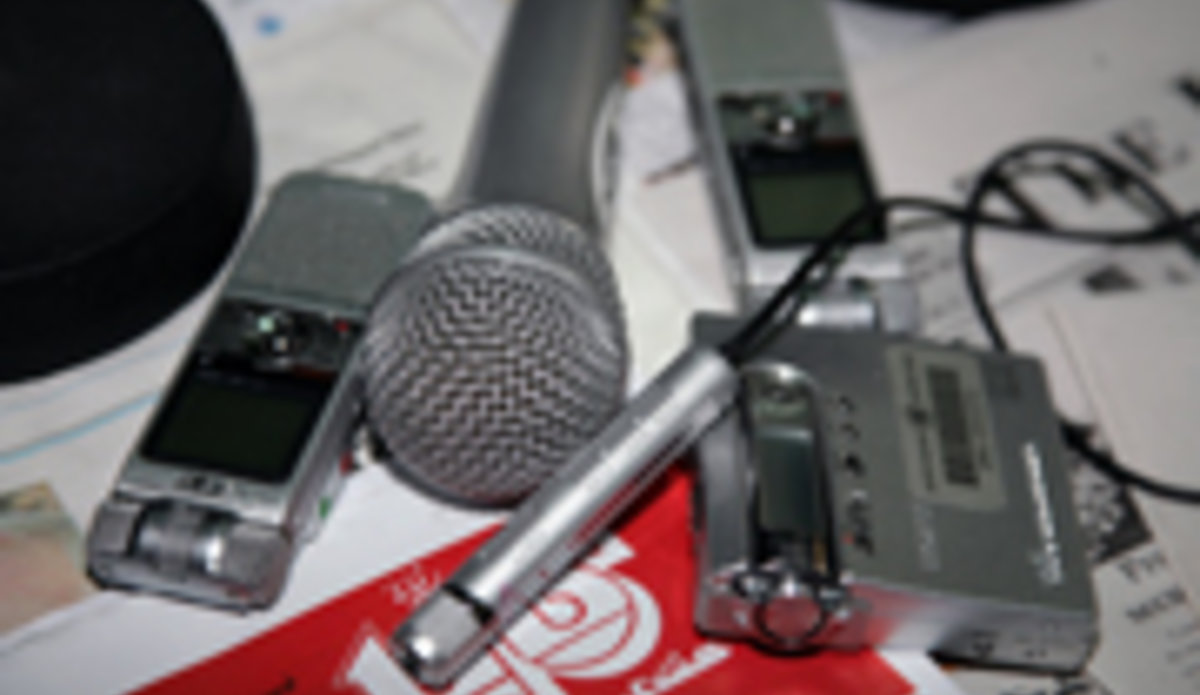On World Press Freedom Day, journalists demand safety and freedom of expression
3 May 2010 - About a dozen journalists based in Afghanistan’s eastern regional hub of Jalalabad today endorsed a resolution calling on the Government to ensure the safety of journalists and the freedom of expression.
At a ceremony organized by a journalism training group called Nai Supporting Open Media in Afghanistan to mark World Press Freedom Day in Jalalabad, journalists from different media houses also agreed that Afghanistan’s media needs to improve their quality of reportage.
“We, the journalists of the eastern provinces of Afghanistan, are strictly requesting the Government and anti-government elements to promise to uphold the freedom of expression of the media and journalists as stipulated in the Constitution of Afghanistan,” said the five-point resolution, adding, “specifically regarding the freedom of expression, we request the abolition of censorship of the media.”
Given the complex challenges facing Afghanistan, stated the resolution, all groups directly involved in the ongoing conflict are requested not to disrupt the duties and activities of independent media and journalists.
“The Government of Afghanistan is greatly requested to take serious steps to ensure the safety of journalists’ lives, especially those working in conflict zones. We are strictly requesting that all groups facilitate access of journalists and media groups to accurate, factual and timely information.”
According to Wahida Kakar of Nai, the resolution will soon be submitted to the Governor of Nangarhar province.
Speaking on the occasion, Babrek Miakhel of BBC Pashto Service charted out three main problems facing journalism in the country.
The first two problems, he said, are dealing with the Government and anti-government elements.
“The third problem is the conflict among journalists themselves,” said Mr Miakhel.
While highlighting the increasing number of media outlets in Afghanistan, the director of the Information and Culture Department of Nangarhar province, Awrang Samim, said, “it’s high time we thought about their quality.”
Mr Samim said there are 21 media outlets in Nangarhar including eight radio stations and two television channels, which are the most effective.
Earlier, Saber Fahim of Nai gave a general picture of the media situation in Afghanistan.
Mr Fahim said there are 719 media outlets in the country including 109 radio stations, 53 television channels, 17 news agencies, 34 newspapers and 506 magazines.
Mr Samim and Dr Rafiullah Baidar, the eastern regional head of Afghanistan Independent Human Rights Commission, echoed journalists’ views to see a functioning press club in Jalalabad, so as to give journalists a platform to discuss and interact openly.
By Tilak Pokharel and Shafiqullah Waak, UNAMA
 UN
UN






